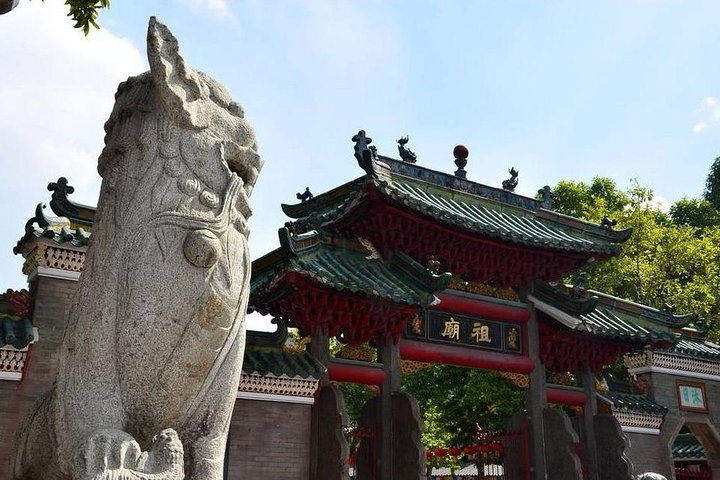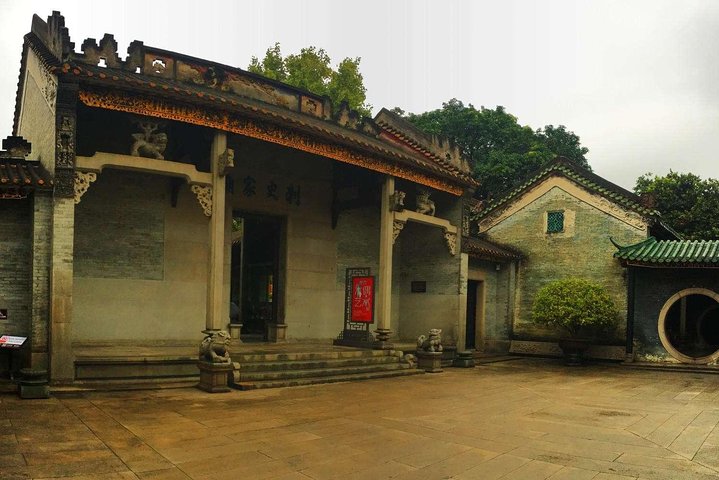Exploring Foshan: A Cultural Odyssey Through Temples, Kilns, and Gardens
Embark on a cultural journey through Foshan, exploring the ancient Zu Temple, the historic Nanfeng Kiln, and the serene Liang Garden. Discover the rich traditions and artistry that define this remarkable city.
A Journey Through Time at the Zu Temple
As I embarked on my journey to Foshan, a city steeped in history and culture, I was filled with anticipation. The first stop on my itinerary was the Zu Temple, also known as the Temple of the Ancestors. This ancient temple, dating back to the 11th century, is a testament to the rich cultural heritage of the region. As I walked through the temple’s grand entrance, I was immediately struck by the intricate ceiling decorations, each figure telling a story of its own.
The temple is dedicated to the God of the North, Ruler of the Waters, and its serene atmosphere invites visitors to reflect on the spiritual significance of this sacred place. As I wandered through the temple grounds, I was fortunate enough to witness a traditional lion dance, a vibrant display of color and movement that brought the temple’s history to life. The experience was a beautiful reminder of the importance of preserving cultural traditions and the role they play in connecting us to our past.
Discovering the Art of Ceramics at the Nanfeng Ancient Kiln
Next on my journey was the Nanfeng Ancient Kiln, a site that has been producing ceramics for over 500 years. As someone who grew up in a multicultural household, I have always been fascinated by the way different cultures express themselves through art. The kiln’s history dates back to the Tang and Song dynasties, and it was during the Ming and Qing dynasties that Foshan ceramics truly flourished.
Walking through the kiln, I was captivated by the craftsmanship and artistry that went into each ceramic piece. The ceramic dolls, in particular, caught my eye with their intricate designs and vibrant colors. It was a humbling experience to witness the dedication and skill of the artisans who have kept this tradition alive for centuries. The Nanfeng Ancient Kiln is not just a place to learn about ceramics; it’s a celebration of the enduring legacy of Foshan’s artistic heritage.
Serenity and Beauty at Liang Garden
The final stop on my Foshan day tour was Liang Garden, a stunning example of traditional Chinese garden design. Built during the Qing Dynasty by the wealthy Liang family, the garden is a harmonious blend of natural beauty and architectural elegance. As I strolled through the garden’s winding paths, I was surrounded by picturesque bridges, tranquil pools, and charming pavilions.
The garden’s serene atmosphere provided a perfect setting for reflection and mindfulness, allowing me to fully appreciate the beauty of my surroundings. Each element of the garden, from the man-made hills to the elegant corridors, was thoughtfully designed to create a sense of balance and harmony. Liang Garden is a testament to the artistry and vision of its creators, and it serves as a reminder of the importance of preserving our cultural heritage for future generations.
My day in Foshan was a journey through time, offering a glimpse into the rich history and culture of this remarkable city. From the spiritual significance of the Zu Temple to the artistic legacy of the Nanfeng Ancient Kiln and the serene beauty of Liang Garden, each stop on the tour was a unique and unforgettable experience. I left Foshan with a deeper appreciation for the traditions that have shaped this region and a renewed sense of wonder for the cultural treasures that await discovery in Asia.
































